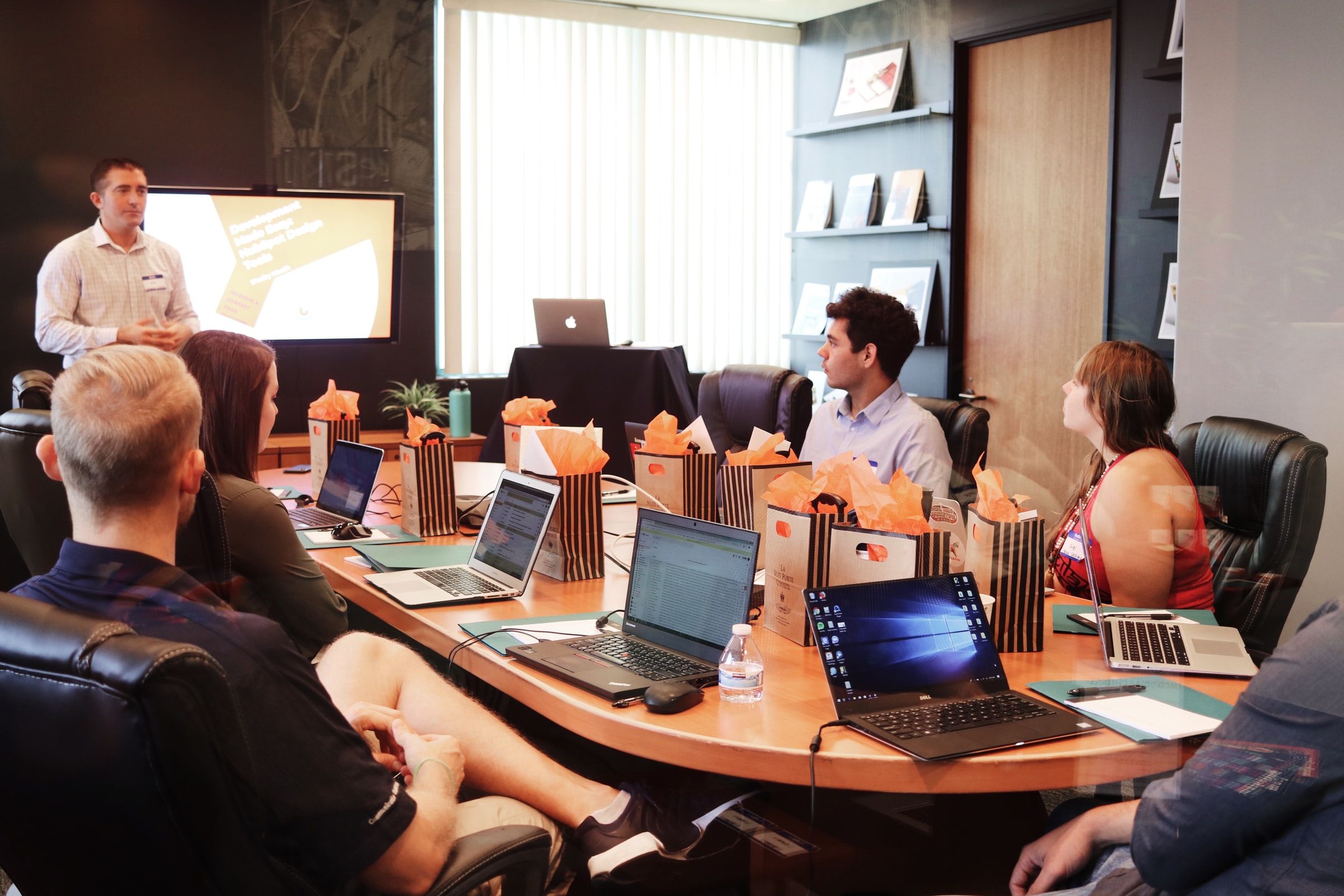
24 Dec Hybrid Work: What’s next for hybrid work in 2022
The last two years have seen major changes to the way that business’s function, employees transitioned from working in the office 5 days a week, to working fully remotely, and now many businesses have adopted a hybrid work model. There are benefits and challenges associated with all these models, however a hybrid workplace aims to leverage the benefits of remote work and office-based work. Some businesses have already implemented a hybrid work model to allow employees a better work-life balance whilst enabling more effective communication and collaboration. As we move into 2022 more businesses are following suite, and as the model is refined the way employees work will also change. In this article we will discuss what the future of hybrid work looks like in 2022.
More effective communication and collaboration
One of the key challenges of hybrid working is how employees can effectively communicate and collaborate if they are not working in the office on the same day. To solve this challenge, businesses use unified communication platforms. Microsoft Teams is one of the most feature rich unified communication platforms as it allows for both synchronous communication through voice calling and video calling, as well as asynchronous communicate through instant messaging and posting on channels. As well as the ability to easily communicate using Teams, the solution allows for effective collaboration as it seamlessly integrates with other Microsoft applications allowing real-time editing by multiple users. Microsoft continues to add features to Teams to enable more effective hybrid working.
Optimising the employee experience
The hybrid work model aims to create a better experience for employees by offering flexibility and improved employee wellbeing. However, as the model matures, it has become apparent that businesses must actively consider all aspects of the employee experience to effectively engage employees and realise these benefits. One way to optimise this is by implementing an employee experience platform, such as Microsoft Viva. Viva brings together communications, knowledge, learning, resources, and insights in the flow of work. The solution is split into four modules that work together to empower employees to do the best for themselves and the wider company. The implementation of an employee experience platform ensures that businesses can make the most of the hybrid work model in 2022.
Hybrid meeting technologies
A unique challenge of hybrid working is how to run effective meetings whilst some attendees are physically in the meeting and others virtually join. If the physical attendees are using a single laptop, this can create a poor experience for virtual attendees due to poor audio quality and depending on the number of physical attendees, it can be difficult to fit everyone on video. One solution is to fit a room with hybrid meeting audio visual technology, this may include omnidirectional microphones, a large screen to view virtual attendees and an external video conference camera. This will ensure that regardless of where employees are located, the meeting will be effective for all attendees. Microsoft has also introduced new features within Teams to improve the hybrid meeting experience, such as digital whiteboards and different video layouts to give a greater sense of connection.
Securing the hybrid workplace
Many businesses struggled to keep their IT systems and endpoints secure when they moved to remote working. Cybercriminals took advantage of this and unfortunately 2020 and 2021 saw thousands of businesses fall victim to cyberattacks. As more businesses move to a hybrid work model, it is essential that cybersecurity is built into their plans. Currently, the golden standard for security is the zero-trust model. This model assumes that there are malicious actors both inside and outside a network. Therefore, no users or machines are automatically trusted, and all requests must be authenticated and authorised. This verification is based on all data points, including user identity, device health, service or workload, classification, and anomalies. This is ideal for hybrid work as it prevents most attacks, regardless of where an employee is located. However, for businesses that are not ready to completely overhaul their security model, many of the principles of zero trust can be applied in isolation to secure the hybrid workplace.
Want to find out more?
The move to hybrid work has many potential benefits, and throughout 2022, the model will be refined to ensure that all businesses and employees can work most effectively, regardless of where they are located. If you want to find out more about how technology can support your hybrid workplace, get in contact with us today.
 Remote Support
Remote Support

